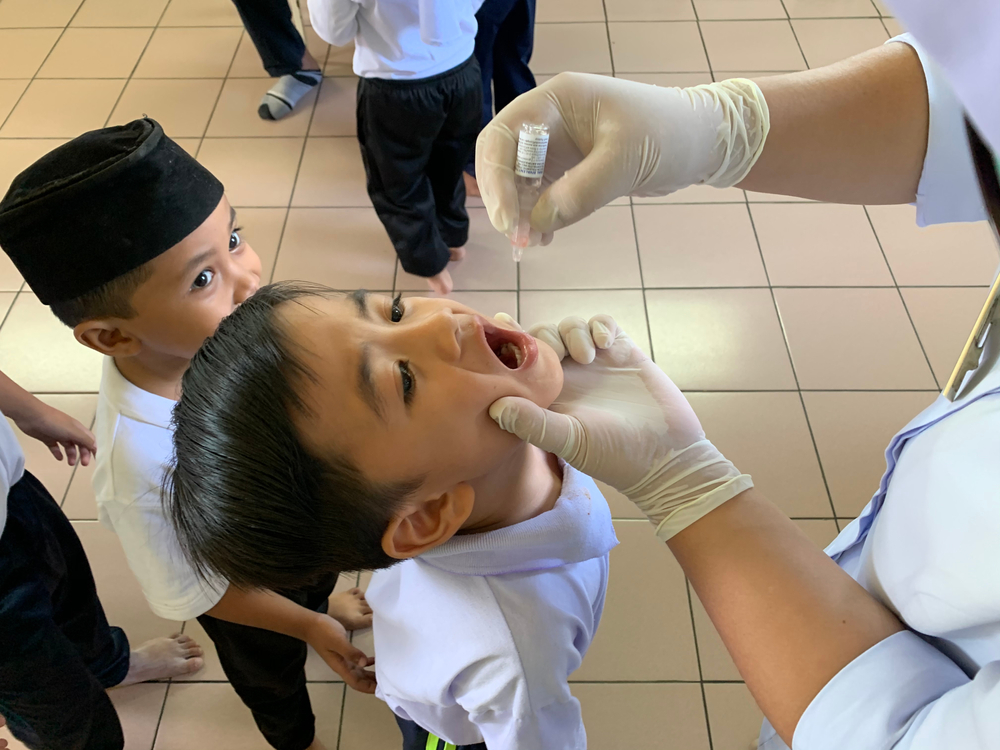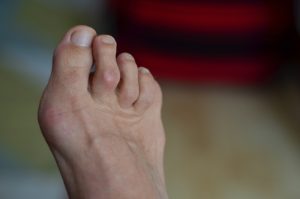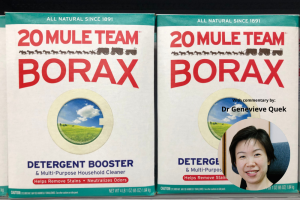Polio, also known as poliomyelitis, is a highly infectious viral disease that primarily affects young children. Once a widespread and feared illness, polio has been largely eliminated in most parts of the world, thanks to extensive vaccination efforts.
This article will explore the history, causes, symptoms, and treatments and the ongoing global efforts to eradicate the disease.
Understanding Polio: The Disease and Its Effects
Polio is caused by the poliovirus, which belongs to the Enterovirus genus in the Picornaviridae family. Person-to-person transmission is the primary mode of virus transmission, primarily occurring through the fecal-oral route. Additionally, the virus can be spread through the consumption of contaminated food or water. Upon entering the body, the poliovirus multiplies in the intestines and can subsequently invade the nervous system.
In approximately 95% of cases, infections are asymptomatic or cause only mild, flu-like symptoms, such as fever, fatigue, headache, and sore throat. However, in a small percentage of cases, the virus can lead to severe neurological complications, including:
- Paralytic polio: This occurs when the poliovirus invades and destroys motor neurons in the spinal cord or brainstem, leading to muscle weakness and paralysis. Paralysis can affect various parts of the body, including the limbs, diaphragm, and muscles needed for swallowing.
- Post-polio syndrome: Some individuals who have recovered from paralytic polio may develop post-polio syndrome years or decades later. This condition is characterised by the gradual weakening of previously affected muscles, as well as fatigue and pain.
Tackling Polio: The Power of Vaccination
There is no cure for polio, making prevention through vaccination the most effective way to combat the disease. There are two types of polio vaccines available:
- Inactivated polio vaccine (IPV): This vaccine contains inactivated, or killed, poliovirus and is administered via injection. IPV provides immunity against all three types of poliovirus and does not carry the risk of vaccine-associated paralytic polio.
- Oral polio vaccine (OPV): This vaccine contains live, attenuated poliovirus and is administered orally. OPV is highly effective in providing immunity and can also contribute to herd immunity by spreading the weakened virus to unvaccinated individuals. However, in rare cases, OPV can lead to vaccine-associated paralytic polio or the emergence of vaccine-derived polioviruses.
The Global Eradication Effort
Since the introduction of polio vaccines in the 1950s, there has been a dramatic decline in polio cases worldwide. The Global Polio Eradication Initiative (GPEI), launched in 1988, has played a crucial role in reducing the incidence of polio by over 99%. Today, polio remains endemic in only two countries: Afghanistan and Pakistan.
The GPEI focuses on four key strategies:
- Routine immunisation: Ensuring that all children receive the recommended doses of polio vaccine through national immunisation programmes.
- Supplementary immunisation campaigns: Conducting mass vaccination campaigns to reach unvaccinated or under-vaccinated children in high-risk areas.
- Surveillance: Monitoring the spread of poliovirus through the reporting and investigation of suspected cases, as well as environmental testing.
- Outbreak response: Rapidly implementing vaccination and containment measures in response to identified polio cases or outbreaks.
Conclusion: The Ongoing Battle
Despite significant progress in combating the disease, it remains a persistent threat. This is especially so in regions with low vaccination coverage and weak health systems. Eradicating the disease necessitates enduring commitment from governments, health organizations, and communities to ensure that every child receives vaccination and protection against this debilitating illness.
As the world edges closer to the goal of eradication, it is crucial not to become complacent. Ongoing surveillance, vaccination efforts, and public awareness campaigns are essential to maintain the progress achieved so far and ultimately consign polio to the history books. The success of the global effort against this disease will serve as a powerful testament to the power of vaccination and international cooperation in combating infectious diseases and protecting human health.












